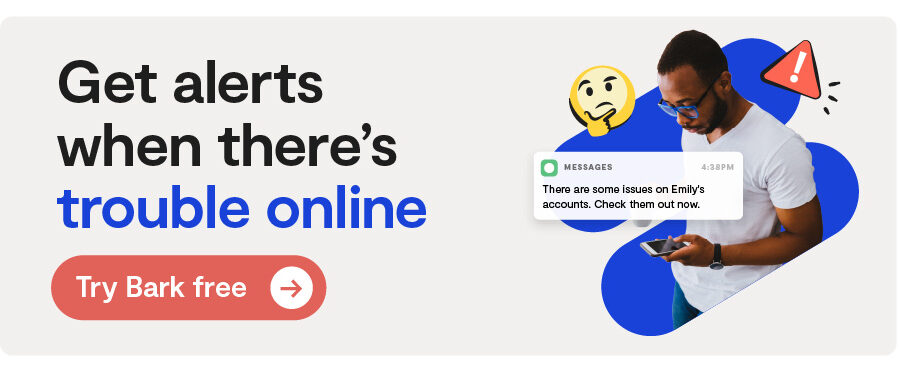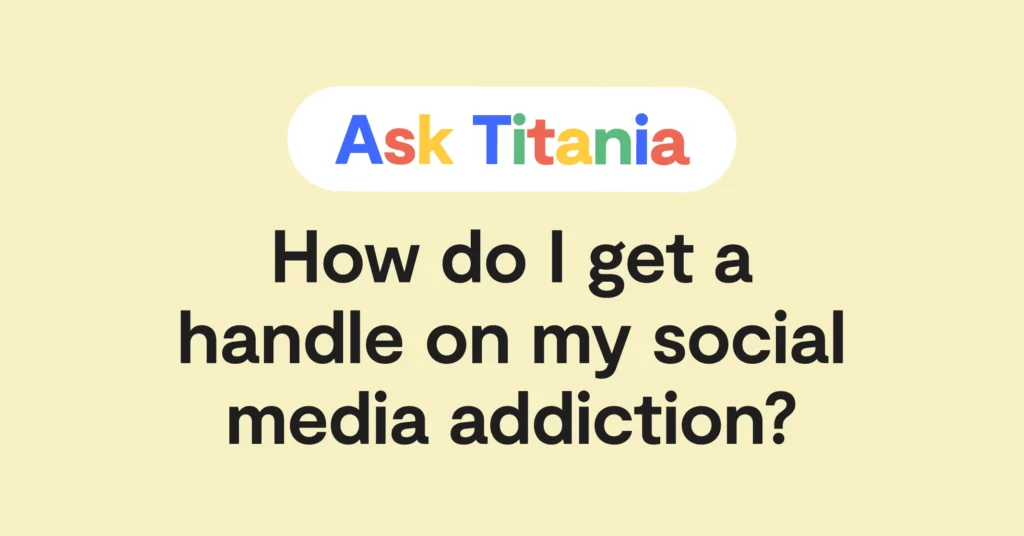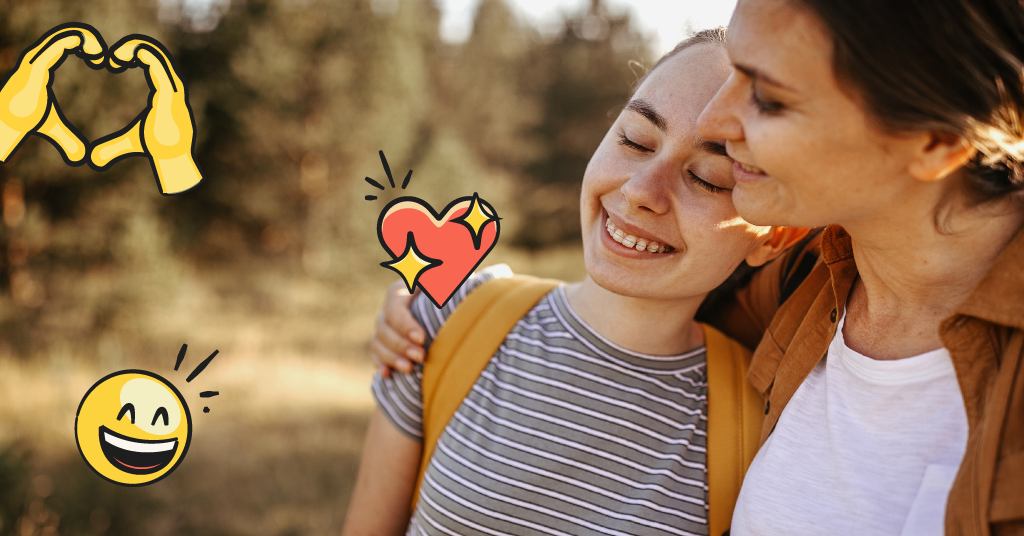
This post was updated in July 2019 to reflect Netflix's changes to the show's most controversial scene.
Content warning: This post discusses content that some individuals may find triggering, including suicide and sexual assault.
Even if you haven’t seen the Netflix original series 13 Reasons Why reviews, you’ve probably heard of it. First released in 2017, it made waves with its shocking depiction of suicide and viral popularity among high schoolers. There are now two full seasons of the show, with the third season expected to drop sometime this summer.
The series centers around Clay Jensen and his friend Hannah Baker, who we learn has killed herself as soon as the show begins. Every episode of the first season corresponds to one “side” of a cassette tape in which Hannah posthumously explains one of the 13 reasons that prompted her death by suicide. Through these tapes, she reveals secrets and assigns missions for her friends (and enemies) to visit important places from her short life to piece together why she killed herself.
13 Reasons Why is incredibly controversial. Some parents have praised the show for prompting important discussions with their kids, while others have criticized it for being violent, triggering, and inappropriate. It remains up to each family to decide what’s best, but this post will provide you with what you need to know about the show and its potential concerns.
The Sobering Statistics and the Reality Facing Kids Today
Suicide is now the second-leading cause of death for young people ages 10 to 18, and every day in the U.S., more than 3,000 young people attempt to kill themselves. For LGBTQ+ kids, tweens, and teens, the number is even higher. In 2018 alone, Bark sent out 142,849 alerts to parents and schools about communications that discussed suicide/self-harm.
Even if your child doesn’t struggle with thoughts like these, chances are they know someone who does or will. Suicide has become so commonplace among today’s generation that even suicide jokes and memes have become commonplace. It can be hard to tell, however, whether it’s just gallows humor or a sign of something more serious. 13 Reasons Why reflects a world in which teen suicide is no longer an impossibility, but an event that could actually happen in your child’s school.
The Dangerous Romanticization of Suicide
Hannah uses her tapes to exert power from beyond the grave on those who she believed hurt her. Recorded in the days leading up to her death, the tapes put the blame on specific people and situations, giving a checklist-type quality to her reasoning. This is incredibly problematic, as it presents to children the idea that if you’ve logged enough reasons, suicide is a valid escape option. In reality, suicide is the complex, tragic result of many feelings, thoughts, and actions, and it can have underlying causes rooted in depression and anxiety that don’t have always have identifiable “reasons.”
By the end of season one, the show also takes steps to frame Hannah’s suicide as an action that spurs positive change in the community as individuals begin telling the truth while others ultimately are punished. In reality, a child’s suicide is devastating to parents, friends, teachers, and coaches, and it can have lasting effects on the broader school community, as well.
The controversy surrounding the show's climax was such that in July of 2019, after much public debate and in consultation with medical experts, Netflix decided to remove the scene depicting Hannah's harrowing death by suicide. "Our creative intent in portraying the ugly, painful reality of suicide in such graphic detail in Season 1 was to tell the truth about the horror of such an act, and make sure no one would ever wish to emulate it," said the show's creator Brian Yorkey.
"But as we ready to launch Season 3, we have heard concerns about the scene from Dr. Christine Moutier at the American Foundation for Suicide Prevention and others, and have agreed with Netflix to re-edit it. No one scene is more important than the life of the show, and its message that we must take better care of each other. We believe this edit will [help] the show do the most good for the most people while mitigating any risk for especially vulnerable young viewers."

Suicide Contagion, Copycats, and Clusters
Suicide contagion is “the exposure to suicide or suicidal behaviors within one's family, one's peer group, or through media reports of suicide and can result in an increase in suicide and suicidal behaviors.” 13 Reasons Why was and remains incredibly popular among young viewers — it even became the most tweeted-about show of 2017. Perhaps unsurprisingly, in the first 20 days after the show initially launched, Google queries about suicide jumped 20%.
While it can be hard to trace with exact certitude what’s influencing suicide rates and research, the Journal of the American Medical Association believed there was enough of a correlation to write an editorial criticizing the show. Explicit depictions of suicide — like the graphic scene in which Hannah slits her wrist in the final episode of season one — can spur copycat suicides. These instantly rewindable scenes are impactful and provide a sort of how-to guide for those experiencing suicidal ideation.
Finally, another threat from the show is the appearance of suicide clusters, or multiple deaths in close succession and proximity that affect communities. These clusters feed on viral news, which spreads like wildfire across social media. 13 Reasons Why’s virality is undeniable, and it’s targeted directly at high schoolers.
13 Reasons Why Review: Suicide Isn’t The Only Cause For Concern
Apart from the primary focus on suicide, 13 Reasons Why is about the common things that high schoolers experience: first relationships, nagging parents, and stress from teachers. At first blush, it could be informative for parents to watch and see how much has (and hasn’t) changed. But it’s also very graphic in its depiction of darker issues like sexual assault, cyberbullying, and illegal substances in a way that older generations may find shocking — especially as they watch through the eyes of their own kids.
The scenes featuring sexual assault can be especially triggering given the statistics around it. According to the CDC, 33% of women and 25% of men experience sexual violence in their lifetimes. For many (1 in 3 women and 1 in 4 men), their first experience occurs before they even reach adulthood. Some kids watching 13 Reasons Why may see a reality reflected back that's much too close for comfort.
Initially, the episodes aired without any sort of content or trigger warning. However, after criticism from some mental health professionals, Netflix decided to begin including warnings. Starting in March 2018, each season begins with a minute-long video of the actors introducing themselves and instructing viewers to seek help when needed. Each episode begins and ends with a bumper card that directs them to a resource page, 13reasonswhy.info.
Getting Help
We hope you found this 13 Reasons Why review helpful. If you, your child, or someone you know is struggling with depression and/or suicidal ideation, reach out to the National Suicide Hotline or call 1-800-273-8255.
Read more
Bark helps families manage and protect their children’s digital lives.







